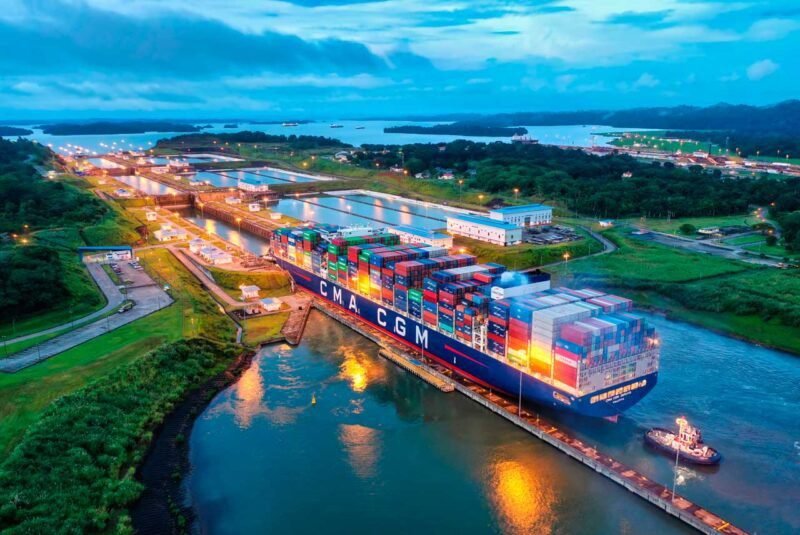The Panama Canal experienced a significant increase in profit despite a severe drought that affected the number of vessels passing through the waterway. The canal’s profit grew by almost 9.5% to $3.45 billion in the fiscal year that ended in September. The authorities had to limit the number of ships allowed to pass daily and reduce their maximum draft due to the lack of water caused by the third driest year in the canal’s history.
After rainfall replenished the nation’s water reservoirs, the restrictions on vessel passage were lifted. On average, 27.3 ships passed through the canal each day, compared to roughly 36 the year before, carrying a total of 423 million tons of goods. Despite the decrease in ship traffic, a 5% cut in operating expenses helped lessen the financial impact of the drought.
Efforts are being made to encourage bulk carriers and liquefied natural gas tankers to return to using the canal, as it is not currently filling all 36 passage slots per day. Additionally, $8.5 billion in projects, including new infrastructure, are planned over the next seven years. Shippers now have the option to bid for passage spaces up to a year in advance using a new long-term reservation system, and water conservation initiatives have resulted in a 12% decrease in water usage per transit.
In an effort to mitigate the impact of future catastrophic weather events, Panama is investing $1.6 billion to dam the Rio Indio River. This project is expected to require the relocation of hundreds of nearby families to build a new reservoir.
Share it now


















